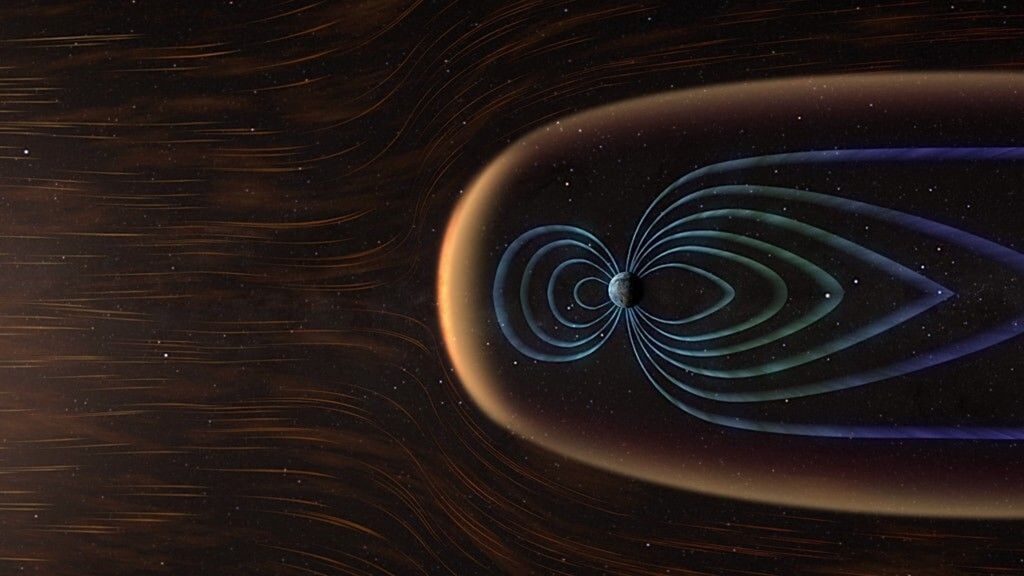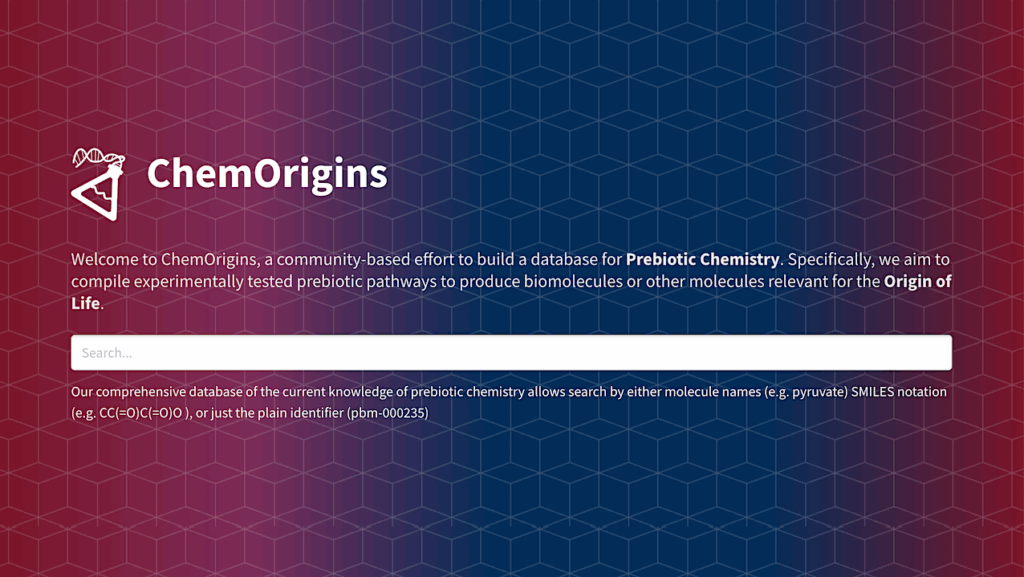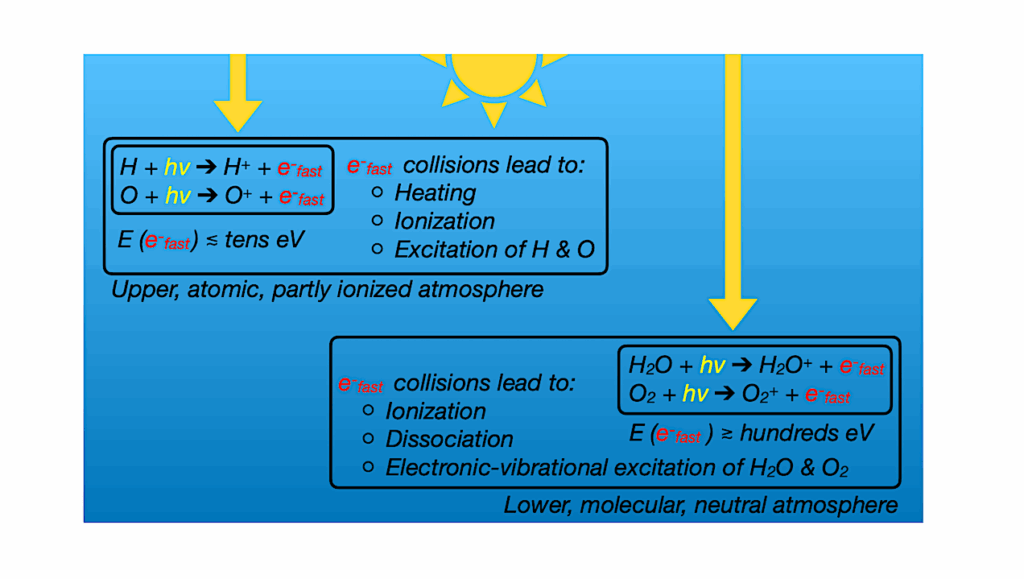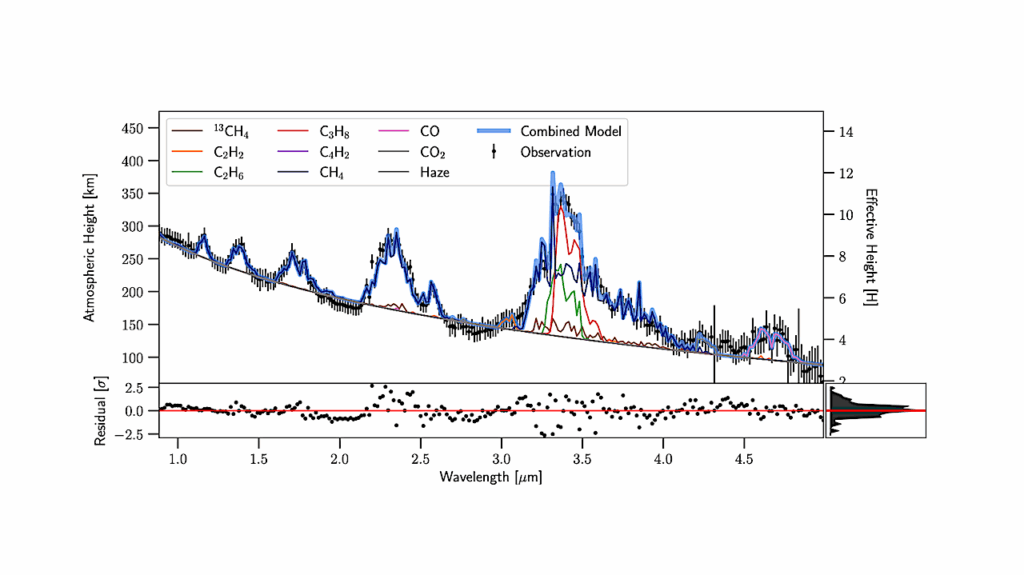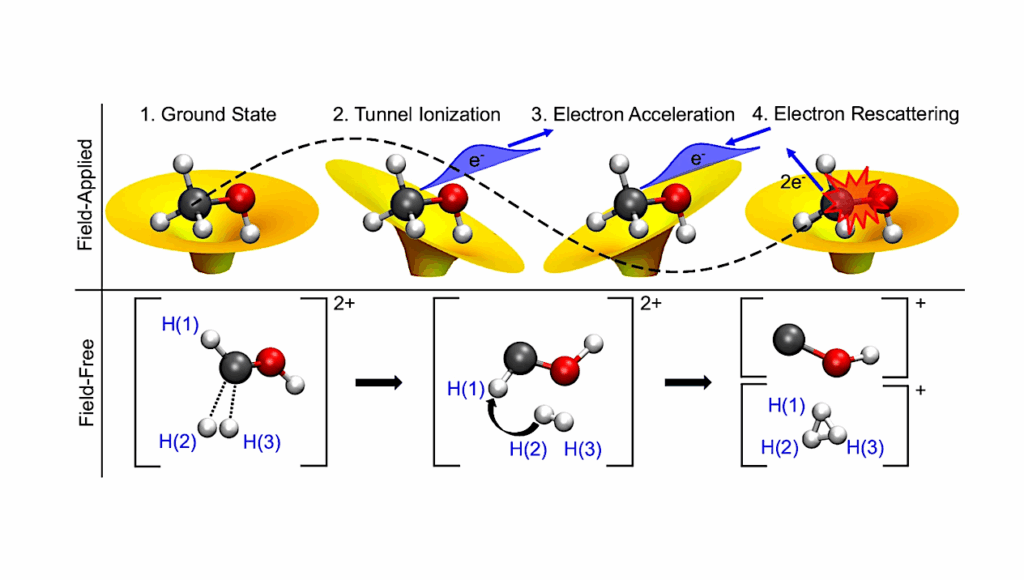The Hunt For Formamide In Interstellar Ices: A Toolkit Of Laboratory Infrared Spectra
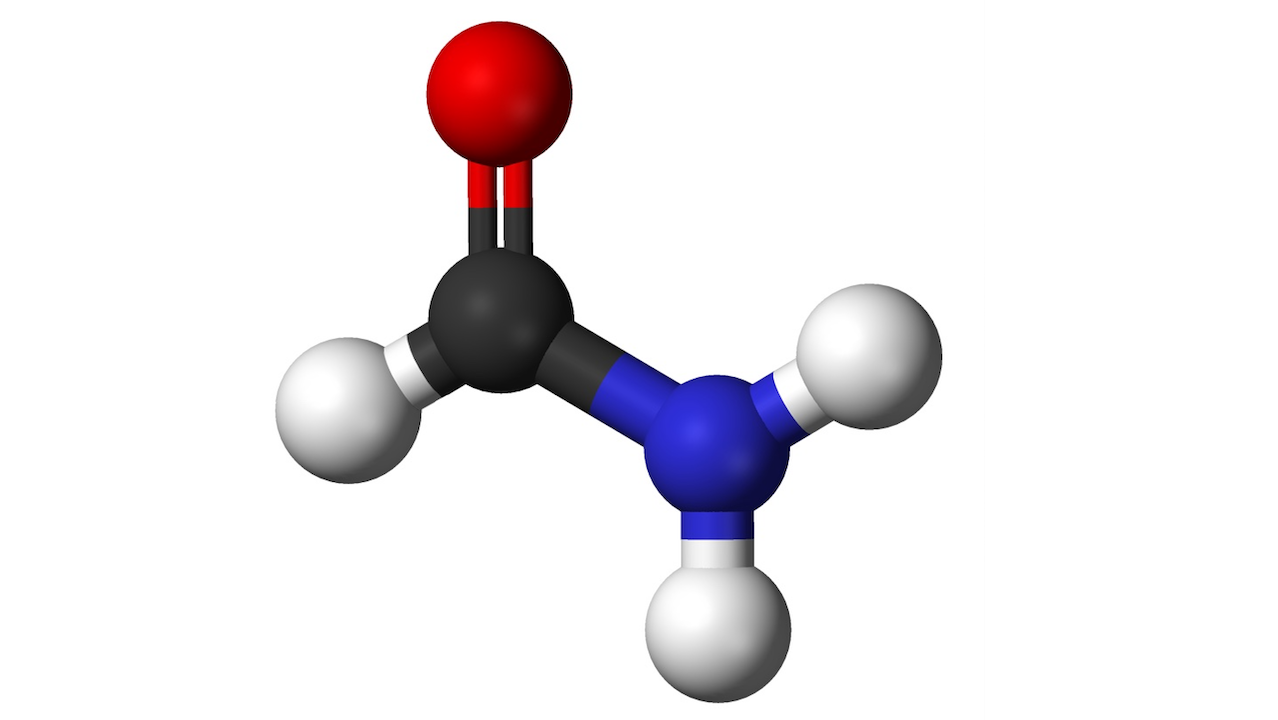
This work aims at characterizing the mid-IR spectra of formamide in its pure form as well as in mixtures of the most abundant interstellar ices via laboratory simulation of such ices, as well as demonstrating how these laboratory spectra can be used to search for formamide in ice observations.
Mid-IR spectra (4000 – 500 cm−1, 2.5 – 20 μm) of formamide, both in its pure form as well as in binary and tertiary mixtures with H2O, CO2, CO, NH3, CH3OH, H2O:CO2, H2O:NH3, CO:NH3, and CO:CH3OH, are collected at temperatures ranging from 15 – 212 K. Apparent band strengths and positions of eight IR bands of pure amorphous and crystalline formamide at various temperatures are provided.
Three bands are identified as potential formamide tracers in observational ice spectra: the overlapping C=O stretch and NH2 scissor bands at 1700.3 and 1630.4 cm−1 (5.881 and 6.133 μm), the CH bend at 1388.1 cm−1 (7.204 μm), and the CN stretch at 1328.1 cm−1 (7.529 μm). The relative apparent band strengths, positions, and FWHM of these features in mixtures at various temperatures are also determined. Finally, the laboratory spectra are compared to observational spectra of low- and high-mass young stellar objects as well as pre-stellar cores observed with the Infrared Space Observatory, the Spitzer Space Telescope, and the JWST.

Scatter plot containing all the same peak position and FWHM values of formamide’s CH bend from Figure 6 along with the peak positions and FWHM values of the 7.24 µm peaks in the W33A, NGC 7538 IRS 9, AFGL 7009s, and L1527 spectra shown in Figure 7 and laboratory spectra of CH3CH2OH:H2O (van Scheltinga et al. 2018), HCOOH:H2O:CH3OH (Bisschop et al. 2007a) and NH4 +HCOO−:H2O at 150 K (Galvez et al. 2010). — astro-ph.SR
A comparison between the formamide CH bend in laboratory data and the 7.24 μm band in the observations tentatively indicates that, if formamide ice is contributing significantly to the observed absorption, it is more likely in a polar matrix. Upper limits ranging from 0.35-5.1\% with respect to H2O are calculated. These upper limits are in agreement with gas-phase formamide abundances and take into account the effect of a H2O matrix on formamide’s band strengths.
The hunt for formamide in interstellar ices: A toolkit of laboratory infrared spectra in astronomically relevant ice mixtures and comparisons to ISO, Spitzer, and JWST observations
Katerina Slavicinska, Marina Gomes Rachid, Will Robson Monteiro Rocha, Ko-Ju Chuang, Ewine Fleur van Dishoeck, Harold Linnartz
Comments: Accepted for publication in A&A. 25 pages, 11 figures, 9 tables
Subjects: Astrophysics of Galaxies (astro-ph.GA); Instrumentation and Methods for Astrophysics (astro-ph.IM); Solar and Stellar Astrophysics (astro-ph.SR)
Cite as: arXiv:2307.04790 [astro-ph.GA] (or arXiv:2307.04790v1 [astro-ph.GA] for this version)
Submission history
From: Katerina Slavicinska
[v1] Mon, 10 Jul 2023 18:00:03 UTC (9,695 KB)
https://arxiv.org/abs/2307.04790
Astrobiology, Astrochemistry


